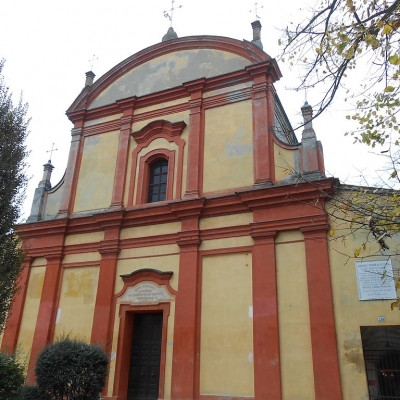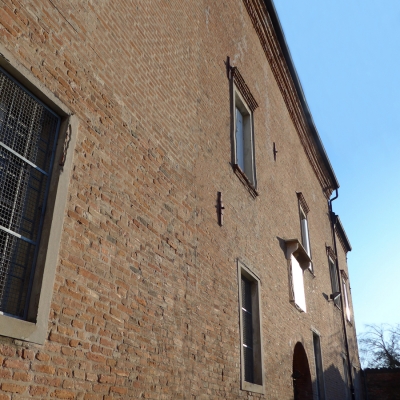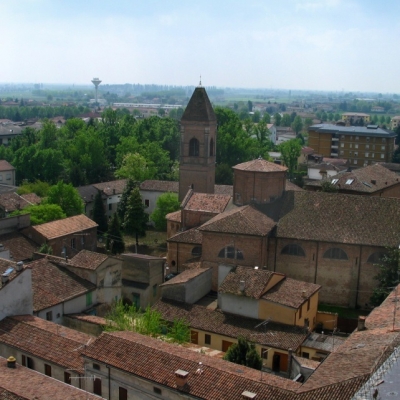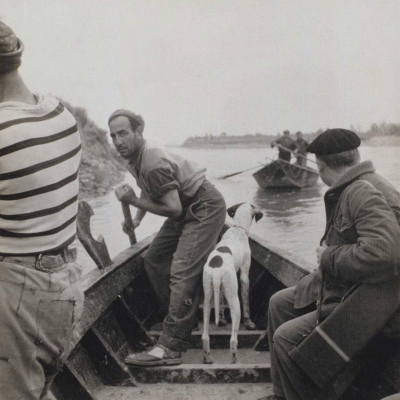Truciolo Museum
The Museum of the Treccia, recently built, is housed within the ancient Chiavica of Villarotta which dates back to 1484. Inside the local space, where there is an original fireplace of the fifteenth century, are placed machinery (lathe and chip remover machines) with which the 'caioli' were obtained from the poplar logs, then given to the women to make some tresses. From the braids, the traditional straw hats were obtained by sewing, so Villarotta became famous in the 18th century as the "Villa dei Cappelli" (Villa of the hats).




